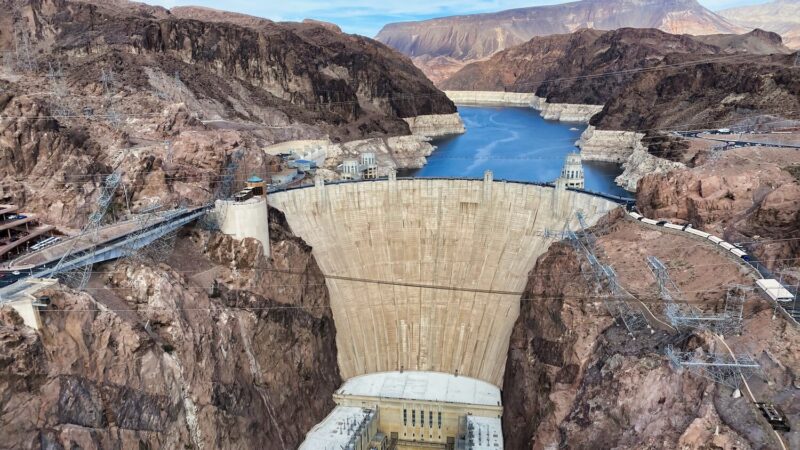
Ted Parson: It’s time to take climate engineering seriously
According to UCLA Law School’s Ted Parson, those measures probably need to include climate engineering—large-scale manipulations of environmental processes to counteract global warming. That’s what he argued in an article…
Rising global temperatures and extreme weather, including the tragic devastation of Hurricane Harvey in Texas, call for more aggressive measures in the fight against climate change.
According to UCLA Law School’s Ted Parson, those measures probably need to include climate engineering—large-scale manipulations of environmental processes to counteract global warming. That’s what he argued in an article titled “Climate policymakers and assessments must get serious about climate engineering,” published this month in the Proceedings of the National Academy of Sciences.
Parson, co-director of the Emmett Institute on Climate Change and the Environment, said geoengineering—specifically climate engineering—is now an essential tool to successfully confront climate change.
“Although developing renewable energy and cutting emissions are essential—and need to be done with much greater intensity—it is becoming increasingly clear that that path does not adequately limit climate risks,” Parson said.
According to the United States Environmental Protection Agency, U.S. greenhouse gas emissions caused by human activities increased by seven percent from 1990 to 2014. With these emissions and the rise of human consumption large coalitions of governments and policy makers need to act and collaborate through international processes that include climate engineering, Parson said. Meanwhile, the public should “learn about how severe climate risks are, learn about the set of available options, and contribute to and support sensible policies to limit risks.”
A major step already in progress is the United Nations Framework Convention on Climate Change’s Paris agreement, which aims to limit global heating to 1.5 to 2 degrees Celsius above pre-industrial levels. The agreement requires buy-in from major economies, which must encourage each other to cut emissions and make contributions to climate change adaptation. It would lessen the impact of problems like ocean acidification—a decrease in the oceans’ pH levels due to carbon emissions that threatens entire marine ecosystems. “This agreement is the most promising action we have got so far in international climate policy, but its success depends upon continued leadership of the major economies of the world,” Parson said.

However, Climate engineering remains controversial. Many are afraid that such interventions will themselves bring serious environmental risks. Meanwhile, others opposed say the prospect of climate engineering could undermine efforts to cut emissions.
“We have known about climate change with enough scientific confidence to justify serious action to cut emissions for 30 years, and very little has been done in that time to cut emissions,” Parson said.
International systems of control remain a challenge, Parson said. Effective governing institutions at an international level would need to be developed to prevent potential climate manipulation and military confrontations.
Keeping emissions out of the atmosphere will take the action of millions, possibly billions. People and companies occupying land can improve productivity and increase carbon storage by maintaining soils and supporting ecosystems, including planting more trees. Renewable energy sources, including solar, wind, geothermal or biomass, are another way to reduce emissions. But even if these efforts are successful, they probably won’t be enough, Parson said.

Through UCLA Law School, Parson’s Climate Engineering Governance Project plans to develop a detailed framework on how to manage the early stages of research into climate engineering technologies. That includes consultations with governments and international organizations to educate people about how the technologies work.
As the effects of climate change become more severe, it is likely that many countries will want to adopt climate engineering technologies, Parson said. Therefore, it is essential to “develop, research, and use them in a way that is prudent, competent, and legitimate.”




